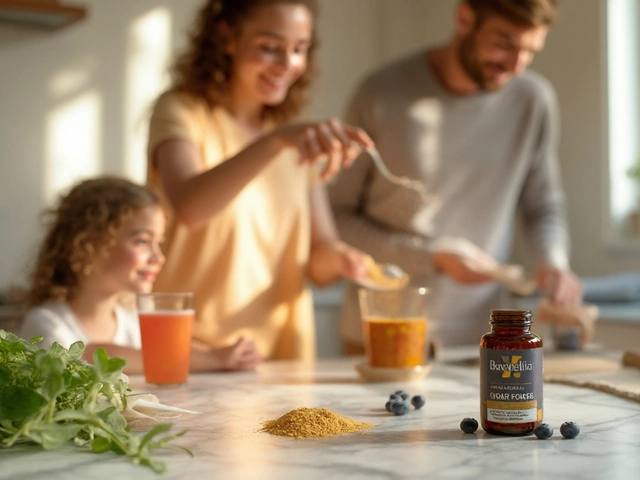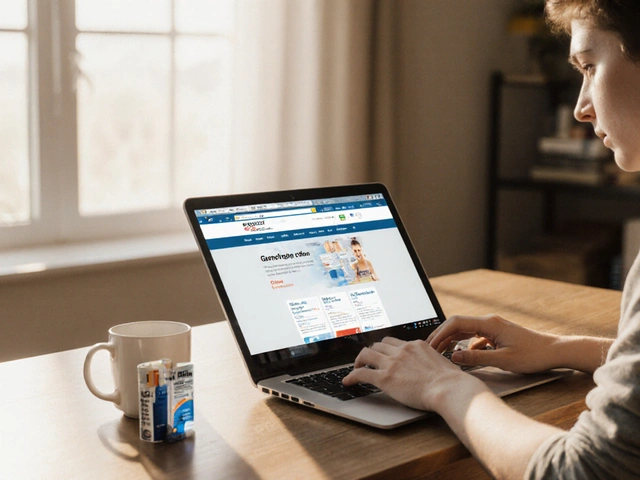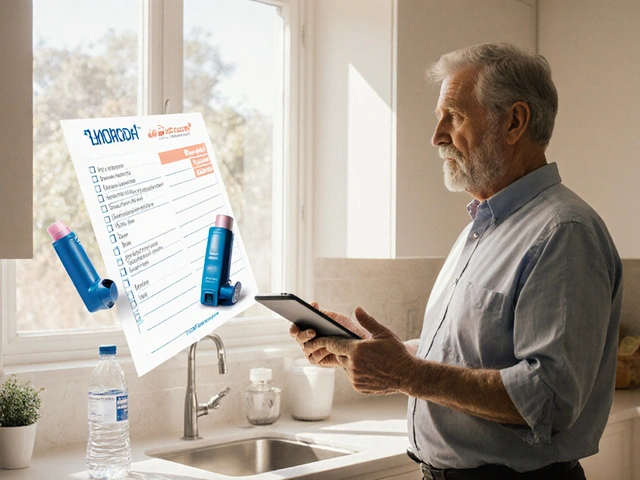Phosphorus Binders – Quick Guide for Patients and Caregivers
If you have chronic kidney disease or are on dialysis, you’ve probably heard the term “phosphorus binder.” It’s a medicine that helps keep the phosphate level in your blood from getting too high. Too much phosphate can weaken bones, cause itchy skin, and even damage your heart. The good news is a binder can make a big difference without a lot of hassle.
Why You Need a Phosphorus Binder
Your kidneys usually filter out extra phosphate from the food you eat. When they can’t do that well, phosphate builds up. High phosphate, also called hyperphosphatemia, is linked to bone loss and cardiovascular problems. A binder works by attaching to the phosphate in your gut so it can’t be absorbed. The bound phosphate leaves your body in the stool instead. That simple action helps protect your bones and heart while you focus on other treatments.
Common Types and How to Pick One
There are a few main binders on the market. Calcium‑based binders (like calcium acetate) are cheap and also give you extra calcium, but they can raise calcium levels too much for some people. Aluminum‑based binders are very effective but are rarely used now because of toxicity risk. Sevelamer (Renvela) doesn’t contain calcium or aluminum and can also lower LDL cholesterol, which many patients like. Newer options such as lanthanum carbonate (Fosrenol) work well for people who need a low‑pill count.
Choosing the right binder isn’t a one‑size‑fits‑all decision. Your doctor will look at your blood calcium, phosphorus, and overall health. If you have high calcium, a non‑calcium binder may be safer. If you’re on a strict low‑phosphate diet, a smaller dose might be enough. Talk to your nephrologist about any history of heart disease, bone issues, or medication interactions.
Timing matters too. Take the binder with each meal or snack that contains phosphate. Swallow the tablet whole with a full glass of water; crushing it can reduce its ability to bind phosphate. If you’re on a phosphate‑restricted diet, keep a food diary to see how the binder fits into your routine.
Side effects are usually mild. Some people get constipation, while others feel a bit of nausea. If you notice persistent stomach pain or new symptoms, let your doctor know – they might adjust the dose or switch to a different binder.
Remember, binders are only part of the plan. Cutting back on high‑phosphate foods like processed meats, colas, and certain cheeses helps a lot. Combine a balanced diet, regular dialysis (if prescribed), and the right binder for the best control.
In short, phosphorus binders are a simple tool that can keep dangerous phosphate levels in check. Stay on top of your lab results, follow the dosing schedule, and keep an open line with your health team. With the right approach, you can protect your bones, heart, and overall wellbeing.
27 August 2025
Tessa Marley
Clear, practical guide on bone disease in dialysis: what causes it, how to prevent fractures, and which treatments work, with targets, checklists, and tips.
Continue Reading...






